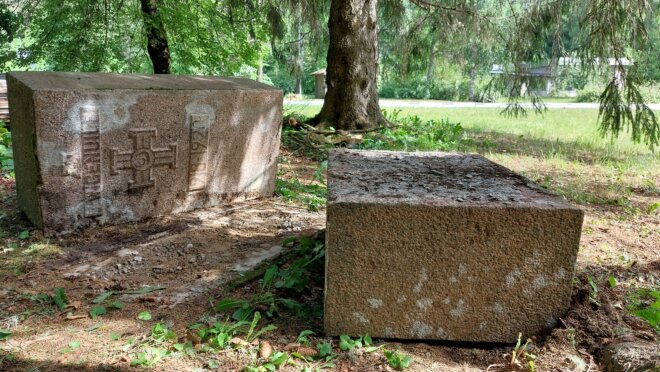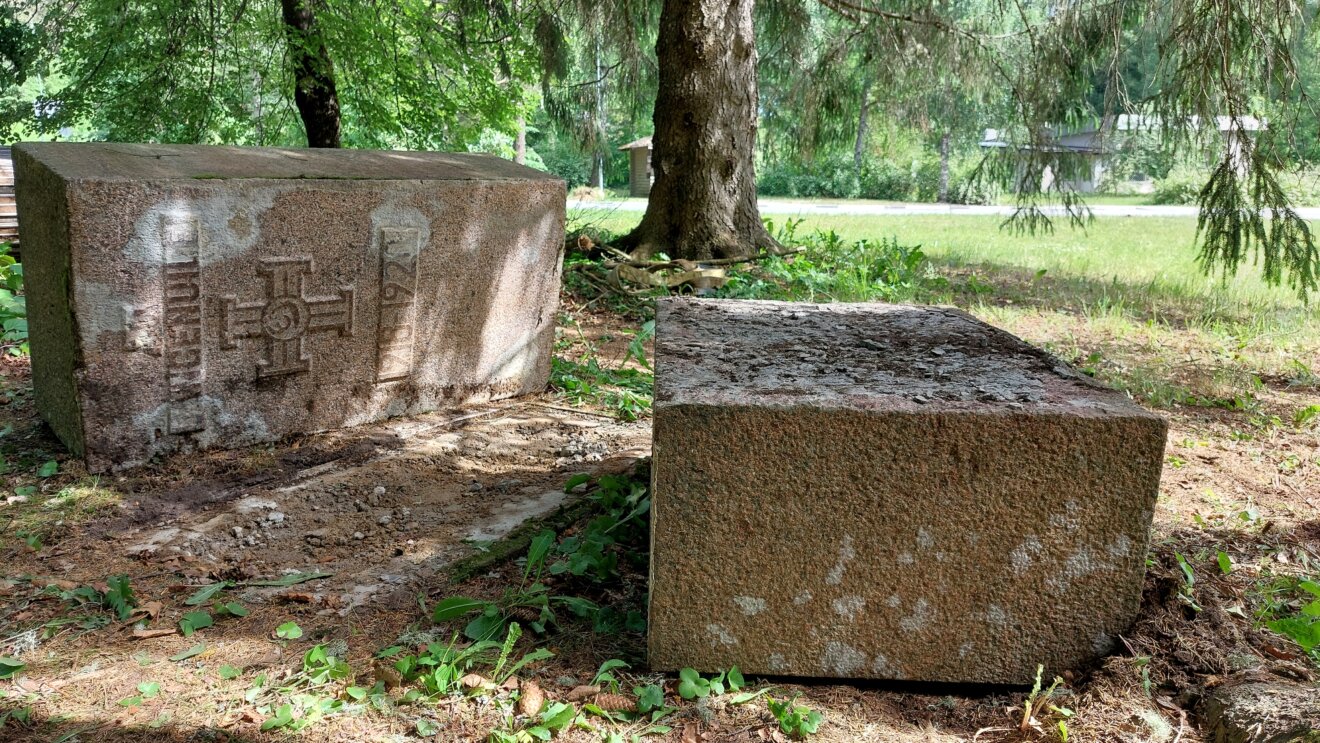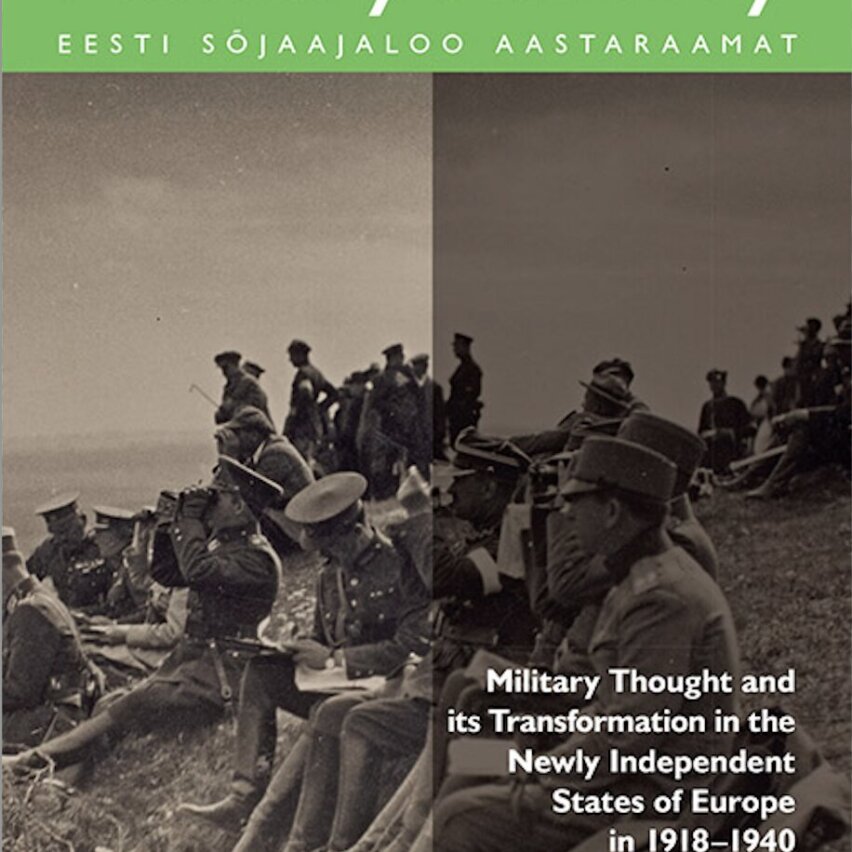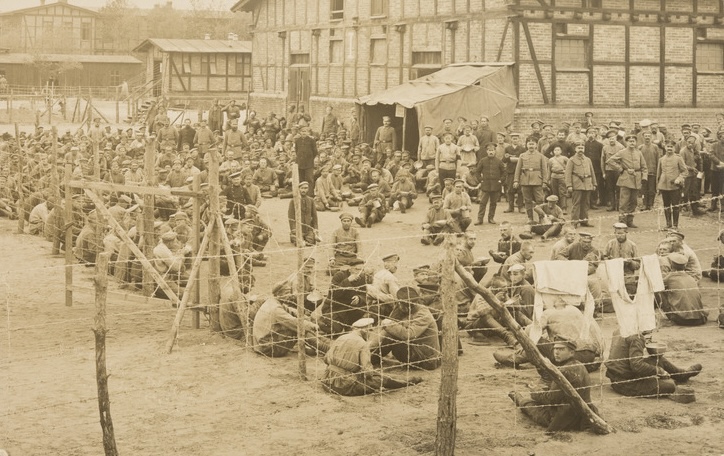
Estonian War Museum has compiled Soviet war monuments and graves into a public database
The Estonian War Museum today unveiled a public database of all known Soviet war monuments and graves on Estonian territory from 1944-1991.
The database is based on material compiled in 2022 by the Working Group for the Mapping of Soviet Occupation Memorials at the Government Office, and includes information on 366 Soviet war memorials that were or are located on Estonian territory. The entry for each monument in the database indicates whether it has been removed or not, as well as historical information about the monument. Historical documents and articles, a link to additional information and photographs are included where possible.
In addition to the 321 monuments mapped by the monuments commission in 2022, the Estonian War Museum has found 45 more monuments and war graves. Excavations have been carried out in 98 inappropriately located war graves, and the remains of 3,700 soldiers have been found and reburied in cemeteries. 17 war graves have turned out to be fictitious, with no one buried there. In 160 war graves, a monument with occupation symbols has been replaced by a neutral grave marker.
“Never before has there been such a comprehensive overview of war graves and monuments on Estonian territory,” said Hellar Lill, Director of the Estonian War Museum. “According to the Soviet war commissariat, the number of people buried in the war graves should have been dozens and dozens of times higher than it actually is.” According to Lill, excavations of another 20 inappropriately located war graves are planned for this year. “This year we will be able to complete the excavations,” he said.
If a monument in the database has been a war grave marker, its information sheet will indicate how many people were buried there, according to the war commissariats of the then Estonian SSR. If a monument that was a war grave during the Soviet occupation has been replaced by a neutral grave marker, photographs of both grave markers are included. If excavations have been carried out on the war grave, this is also indicated. Each monument has been given a number by the Working Group for the Mapping of Soviet Occupation Memorials at the Government Office.
The database has been compiled by Ranno Sõnum, a researcher at the Estonian War Museum, and will continue to be updated. If anyone has additional information about any monument in the database, please let the Estonian War Museum know at monument@esm.ee.




